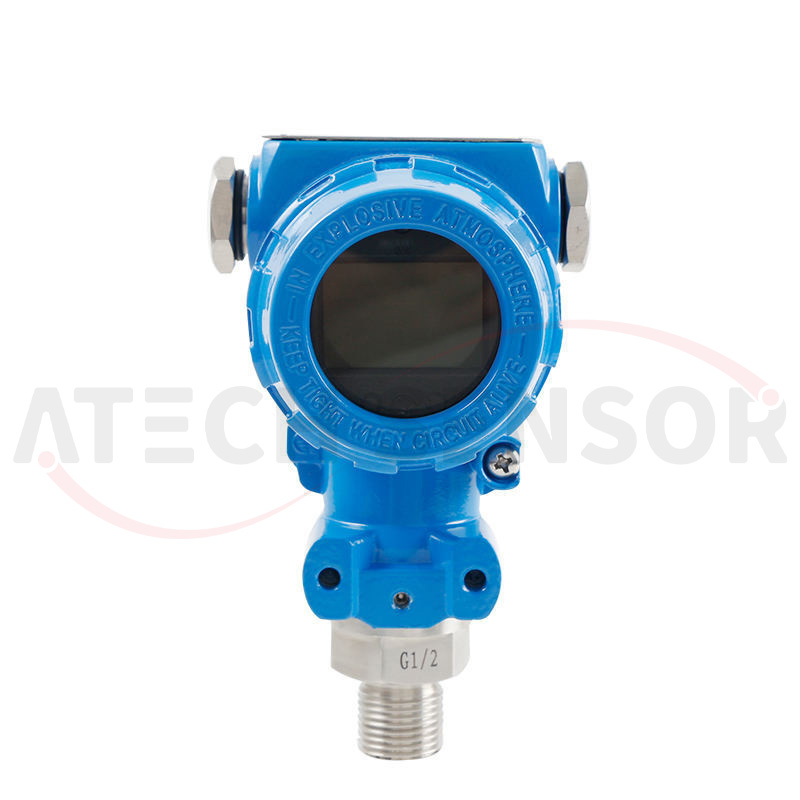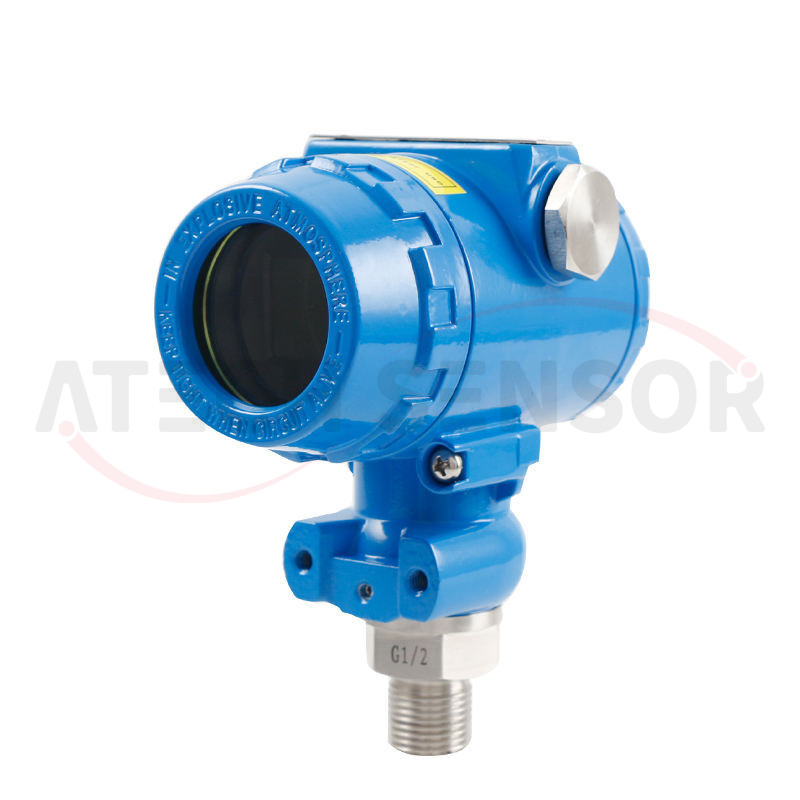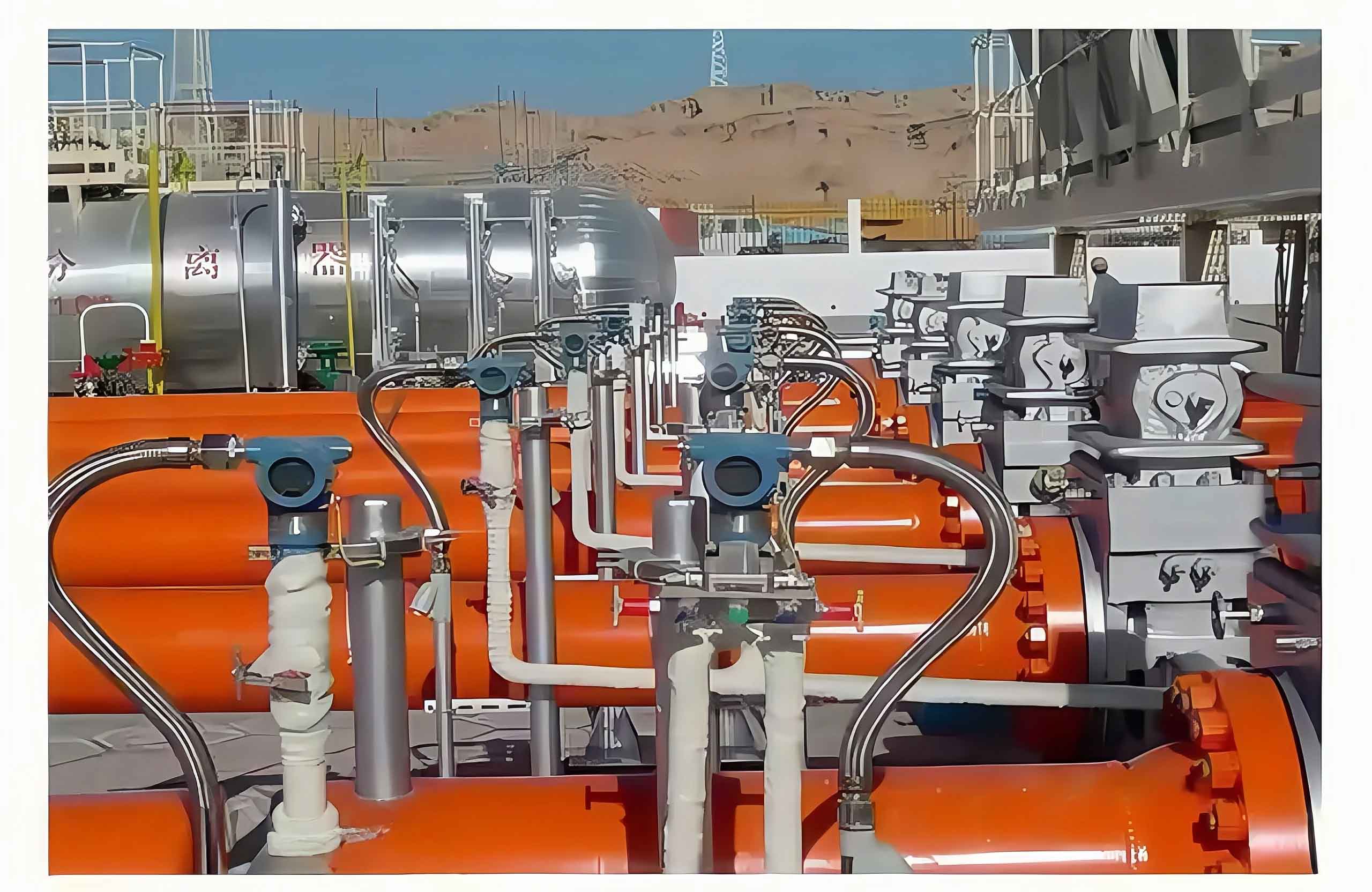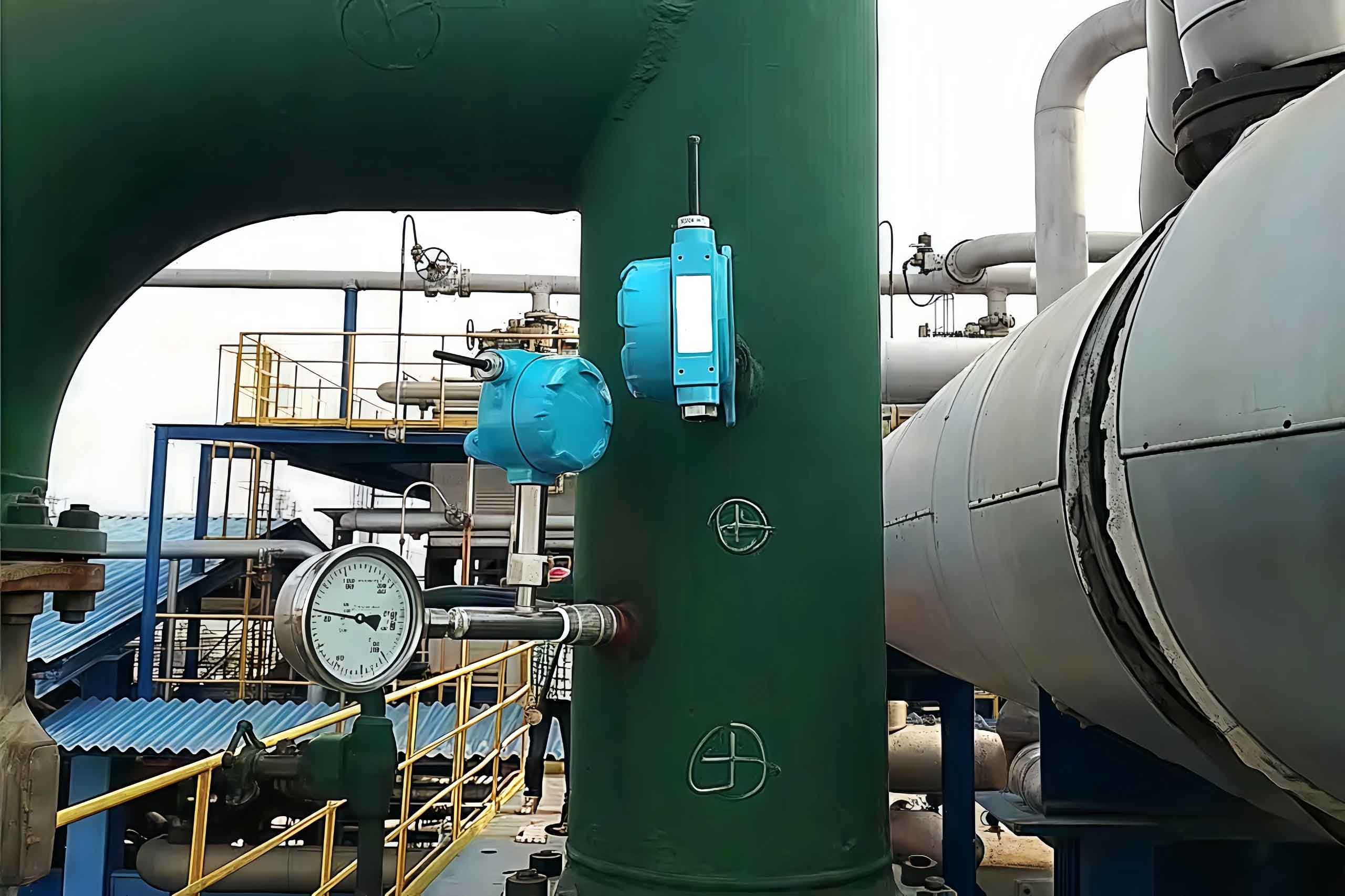Explosion-proof pressure transducers are used in flammable and explosive places. Choosing a suitable explosion-proof pressure transducer is very important for construction safety. Many explosion accidents are caused by choosing the wrong explosion-proof pressure transducer. This article will introduce you to explosion-proof pressure transducers.
1.Warning Case of Incorrect Selection of Explosion Proof Pressure Transducers
In 2023, an explosion occurred in an ethylene plant. The explosion-proof transducer of the plant has ATEX/IECEx dual certification. However, the certification test of explosion-proof pressure transducers only covers methane environments. The actual working conditions of the ethylene plant contain 3% hydrogen sulfide. Eventually, the pressure range was exceeded. Causes the 316L diaphragm to rupture due to hydrogen embrittlement.
In 2024, a refinery chose a non-explosion-proof connector to save ¥480. Cause benzene vapor to enter the control room along the cable. The accident caused 7 deaths and 13 injuries.
2.Features of Explosion Proof Pressure Transducer
- The shell adopts an isolated explosion-proof design
- The circuit adopts an intrinsically safe explosion-proof design
- The circuit adopts signal isolation, amplification and cut-off frequency interference design
- Strong anti-interference ability, lightning protection
- Overvoltage protection, current limiting protection,
- Impact resistance, corrosion resistance, compact and flexible, etc.
- With medium compatibility
- With temperature and pressure compensation
- High measurement accuracy

3.Principle of Explosion Proof Pressure Transducer
This transducer detects changes in pressure to determine whether there are safety hazards. When the pressure exceeds the preset range. the sensor will immediately sound an alarm to remind the staff to take measures.
The working principle is to use pressure changes to trigger the internal circuit. Thereby sending a signal to the control system.

4.Explosion Proof Pressure Transducer Applications
Explosion-proof pressure transducers have excellent explosion-proof characteristics. They have been widely used in many industrial fields. These fields cover many industries. Such as water conservancy and hydropower. railway transportation. Intelligent buildings. Production automation control. aerospace. military industry. petrochemicals. oil wells. electricity, ships. machine tools and pipelines.
Differential pressure explosion-proof pressure sensors play an important role in pressure process control. It is widely used in textile workshops, boiler air supply, and underground ventilation. And other scenes involving electricity and coal.
At the same time, it is also indispensable in the pressure control link of industries. such as spinning cotton boxes and dust removal equipment. It is a precise pressure measurement and has reliable explosion-proof performance. Guarantee for the safe production and stable operation of these industries.
5.Precautions for Installation of Explosion Proof Pressure Transducer
There are some things to note during the installation of explosion-proof pressure sensors. For example, explosion-proof transmitters must comply with explosion-proof regulations during installation. The measured medium is not allowed to freeze. otherwise it will damage the isolation diaphragm of the sensing element. And it causes damage to the transmitter. Finally, it should be installed as much as possible in a place.
Of course, there are some small details that we need to pay attention. The specific problems depend on the on-site environment. Different environments require different problems.

6.Maintenance Methods for Explosion Proof Pressure Transducer
1. Regularly check whether the sensor is loose or damaged. And immediately repair any problems found. If the sensor is found to be outdated or damaged, the sensor must be replaced.
2. Clean the sensor housing and make sure there is no dust, grease or other dirt around the sensor. These substances may interfere with the performance of the sensor. Cause incorrect readings.
3. Check whether the cable connection is firm. And eliminate possible cable disconnection or poor contact problems.
4. If the sensor is not used for a long time, store it in a dry, clean and light-proof place. Protect the sensor from dust, humidity, ultraviolet rays and other factors.
5.When installing, maintaining or replacing sensors, be sure to follow relevant safety regulations. For example, wear anti-static gloves and clothing, avoid using metal tools, etc.


